I cook three meals a day, every day of the week for myself and my family. As well as fresh, local food, our meals include home-rendered fats and ancient grain sourdough along with fermented drinks and vegetables.
But I don’t spend my whole life in the kitchen! Instead, it’s well-loved routines that help me to provide nutrient-dense food at our table day in, day out. Like a comforting blanket or favourite meal these rhythms create backdrops to my days and serve myself and my family well – ensuring that what we are eating supports both our values and our health.
In this post I’ll share the daily, weekly and monthly routines that keep mytraditional, ancestral kitchen running. In doing so, I hope you’ll see how rhythms have such horsepower and be inspired to work with them in your own home.
Daily routines in my Ancestral Kitchen
Soak/Ferment Oatmeal
During the week we usually have oatmeal (called porridge here in the UK) for breakfast. I prepare this the night before by soaking rolled/flaked oats in water. Most often I include a live starter and/or some phytase-rich, freshly-ground flour.
You can watch my You Tube video Healthy, Fermented Oats here.
If you prefer to read, this post How To Make Fermented Oats will talk you through it.
Time needed: 5 minutes
Result: Delicious, healthy breakfast every day!
Make Tibicos/Water Kefir
As a family, we drink 1 litre/quart of Tibicos (often known as water kefir) every day.
My son (who is 10 years old) is in charge of this process. Once a day he strains the jar of fermenting water kefir into a swing top bottle for a second fermentation, adding flavourings (like fruit and ginger). He then prepares a new jar, using sugar, water and our water kefir grains, for a first fermentation.
To see how check my post How To Make Tibicos (Water Kefir).
Time needed: 5 to 10 minutes
Result: A litre of probiotic water kefir everyday.
Cooking!
I prepare three meals a day from fresh, local ingredients. That does not, however, mean that I spend hours and hours in the kitchen every day.
Breakfast:
Our breakfast most days is oatmeal. This takes 15 minutes to cook.
Main meal:
Our main meal is at noon and usually consists of previously-made bread, seasonal vegetables and either freshly-cooked (or leftover) meat/fish/eggs or frozen food prepared on previous days. I usually start preparing this meal about 45 minutes before we eat.
Evening meal:
We eat our last meal of the day around 5pm. This is lighter and often consists of grains cooked in stock, seasonal vegetables and cheese or eggs. This meal usually takes around 30 minutes to prepare.
If you’d like to hear me talking about how I do this, you’ll enjoy my podcast episode Preparing Nutrient-Dense Meals From Scratch Every Day.
Time needed: 1 1/2 hours
Result: 3 meals a day
Weekly Routines in my Ancestral Kitchen
Roll Oats
Home-rolled oats taste much better than those that have been rolled industrially. Once a week we roll a kilo (about 2 pounds) of oat groats in a manual Marcato Marga grain mill. This provides our oatmeal/porridge for the week. If you wanted to do this process more quickly, you could buy an electric flaker. See my post How to Roll Oats at Home for more details.
Time needed: 30 minutes
Result: The oats for our breakfast all week taste great!
Make Oatcakes
Flatbreads are so versatile and the traditional British flatbread, oatcake, is something that I make every week. It’s great as a snack, a compliment to soup or a quick supper. I make oatcakes once a week and store them in an airtight container.
You can follow my recipe for Traditional Scottish Oatcakes here.
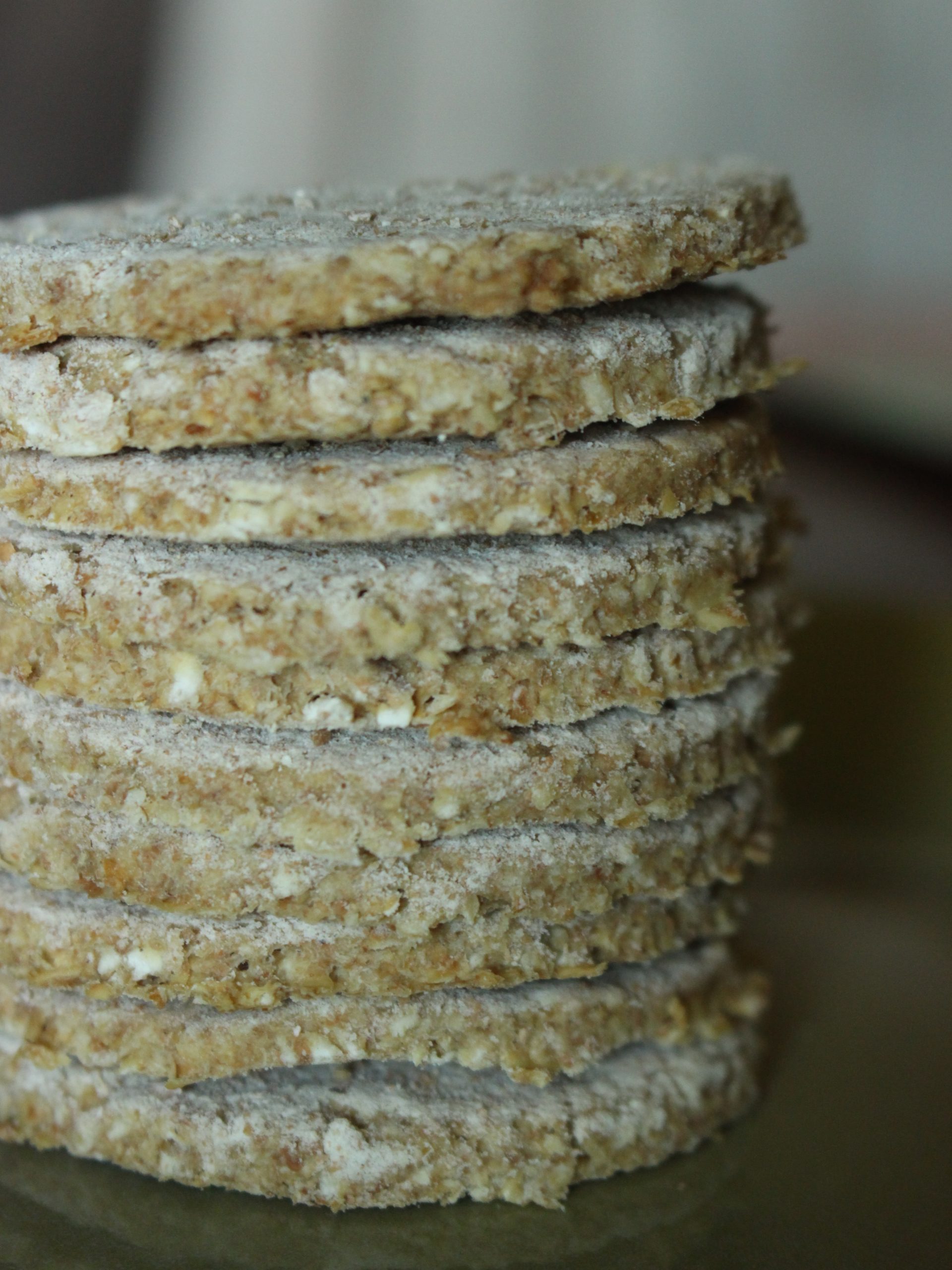 Time needed: 30 minutes hands-on
Time needed: 30 minutes hands-on
Result: A container of oatcakes that will last all week.
Process my Kitchen Waste into Bokashi Compost
Cooking with real food everyday means that I have a lot of organic food waste. I recycle this waste into amazing soil for my plants using the bokashi compost system – a clean, simple method that uses the power of fermentation to produce compost quickly. It can even be used in an apartment!
Daily, I collect waste in a caddy on my kitchen counter. When this is full, I transfer it to my bokashi bin and layer it with a bran that has previously been inoculated with lactobacillus. Once a week I drain off the liquid, which I used to water my plants. Once the bin is full I leave for two weeks to ferment before digging into my garden.
Listen to the lowdown on bokashi here.
Time needed: 15 minutes.
Result: Much better/happier vegetables and plant; they grow so well in bokashi!
A Trip to the Farmers Market
The majority of the food that comes into my house is from my weekly local farmers market. We look forward to this as a family trip out – it’s time together outside and there is always good conversation to be had.
Time needed: 2 hours
Result: A fridge/freezer full of the food that we will eat that week; virtually no need to do any other shopping.
Milk Kefir
As well as water kefir, we consume milk kefir. Once a week, I decant a litre/quart of milk into a glass jar and add in some milk kefir grains. This is then a hands-off ferment, taking 4 to 5 days to complete. During that time, I stir it once a day. Once it is finished, I strain it through a plastic sieve into a fresh glass jar and conserve the milk kefir grains in a small amount of water in the fridge until next time.
Time needed: 5 minutes
Result: Probiotic-rich milk kefir all week.
Kefir Cheese
Cheese is one of our more expensive purchases, and to help with the cost, I love to make a simple kefir cheese at home. Using fresh, very creamy milk, I decant a litre/quart into a glass jar and then add milk kefir grains. I stir this daily, watching for when it starts to separate. Once I see the whey in pockets distinct from the curds, I stir it well, looking for and picking out the kefir grains, then strain it through a cheesecloth. This leaves me with cheese in the cloth and whey in the jar.
I use the whey as a starter for fermented drinks or cook grains and it.
Time needed: 15 minutes
Result: Inexpensive cheese for a week.
Make Sourdough Bread
We eat sourdough bread made from the ancient grains spelt and rye every day. I make these once a week, ideally both on the same day so that I can efficiently use our oven.
Ancestral Kitchen Podcast episode: Your Sourdough Questions Answered
My e-book: Spelt Sourdough Every Day
 I freshly-grind flour for these breads using my Mockmill
I freshly-grind flour for these breads using my Mockmill
My post all about the Mockmill is here.
Time needed: 60 minutes hands-on
Result: Sourdough bread at every main meal.
At the same time as making our sourdough bread I will also refresh my sourdough starter.
Refresh my Sourdough Starter
I maintain a thick, low-hydration, wholegrain rye sourdough starter. I love this method because it gives you a really active starter with very little fuss. I keep it in the fridge most of the time and only refresh it once a week – usually the evening before I make sourdough bread
How to Create a Sourdough Starter
Time needed: 15 minutes
Result: A sourdough starter without having to worry about it for the rest of the week.
Make the Probiotic Millet Drink, Boza
My family love the home-made probiotic drink boza. It’s gluten-free and dairy-free – I started making it for my son who, early in his life, had a dairy intolerance. Now, my whole family adores it!
To find out what boza is, read my article What is Boza Drink?
Boza is how I usually start my week. I cook up the millet on a Monday morning and, by Monday evening, I’ve blended all the necessary ingredients and the drink is fermenting on my counter. It’s usually ready to tuck into by Wednesday.
Time needed: 20 minutes hands-on
Result: A delicious, inexpensive probiotic drink that is dairy-free.
Make One Batch Meal
Once a week I will take more time to prepare food, making four or five servings at one time so that I can stock our fridge/freezer with quick, nutritious meals.
I usually choose dishes that will cook without me having to give them much hands-on attention like a big pot of soup or a slow-cooked stew.
Here are two examples:
Time needed: 2 hours hands-on
Result: A meal that day plus 3 to 4 further ready-to-go meals for later in the week.
Monthly Routines in my Ancestral Kitchen
Make Bone Broth
Bone broth is one of the fundamentals of a traditional food diet and it is so cheap and easy to make. I buy bones for next to nothing from a local farmer and, in addition, I save the bones from any whole meat that I cook, keeping them in the freezer until I’m ready to make a batch of broth.
I use the slow cooker to make bone broth, putting in the bones, some root vegetables and water. I set the cooker to low and leave it for 18 to 24 hours before straining out the protein-rich, delicious broth.
My 5 Favourite Ways to Use Bone Broth
I store about a litre/quart of broth in the fridge (with the fat cap still on it to help it last longer) and freeze the rest.
Time needed: 1 hour hands on
Result: Broth for a month, ready when I need it.
Make Sauerkraut
Most meals are better with sauerkraut! Not only is the flavour profile delicious, but you’re adding a spoonful of live probiotics to your plate. Sauerkraut using my method is super-simple. I make it this way once a month, leaving it on the counter to ferment before I transfer it to the fridge the following month, when I make the next batch.
Super-Simple Sauerkraut Recipe
Time needed: 45 minutes
Result: Probiotic-rich sauerkraut for 4 to 6 weeks.
Home-Render Lard
I am a lard lover. We use lard to cook with, in breads and pastries and we spread it on sourdough bread (as you would butter) before sprinkling with salt!
Supermarket lard tastes horrible. Home-rendered lard made from the fat of well-fed pigs is a completely different food. It’s also very economical and easy to make. I source back fat from our local pig farmer and I use the slow cooker to render it into lard.
How to Render Lard (in a Slow Cooker)
Time needed: 2 1/2 hours
Result: Delicious, economical, sustainable fat that will last 1 to 2 months.
Purchase Grains and Other Foods in Bulk
Our house is very small, yet we still find enough space to store our grains for a month, which I purchase in bulk. Our supply includes whole spelt grain, whole rye grain, whole millet grain, whole oat grain, Scottish oats (called oatmeal in the UK), linseed (flaxseed) and nuts. Bulk purchasing means that I’m not worrying about running out of grains and also saves me so much money!
Time needed: 1 hour
Result: A cupboard full of grains that will last at least a month.
Bringing Routines into Your Own Kitchen
As with any other long-term journey, bringing ancestral food routines into your own kitchen is about picking up one thing at a time. You may want to do it all (I always have done and am sure I always will!) but in my experience that results in overwhelm, which does not help. Select one thing that you would really like to make part of your kitchen rhythms and focus on it exclusively until it feels a natural part of your life and then move onto the next. Good luck!
For more inspiration you can listen to Ancestral Kitchen Podcast. In particular the episodes 20 Small Steps to a Ancestral Kitchen and the Ancestral Kitchen Challenge contain lot of step-by-step inspiration.

You might also like:
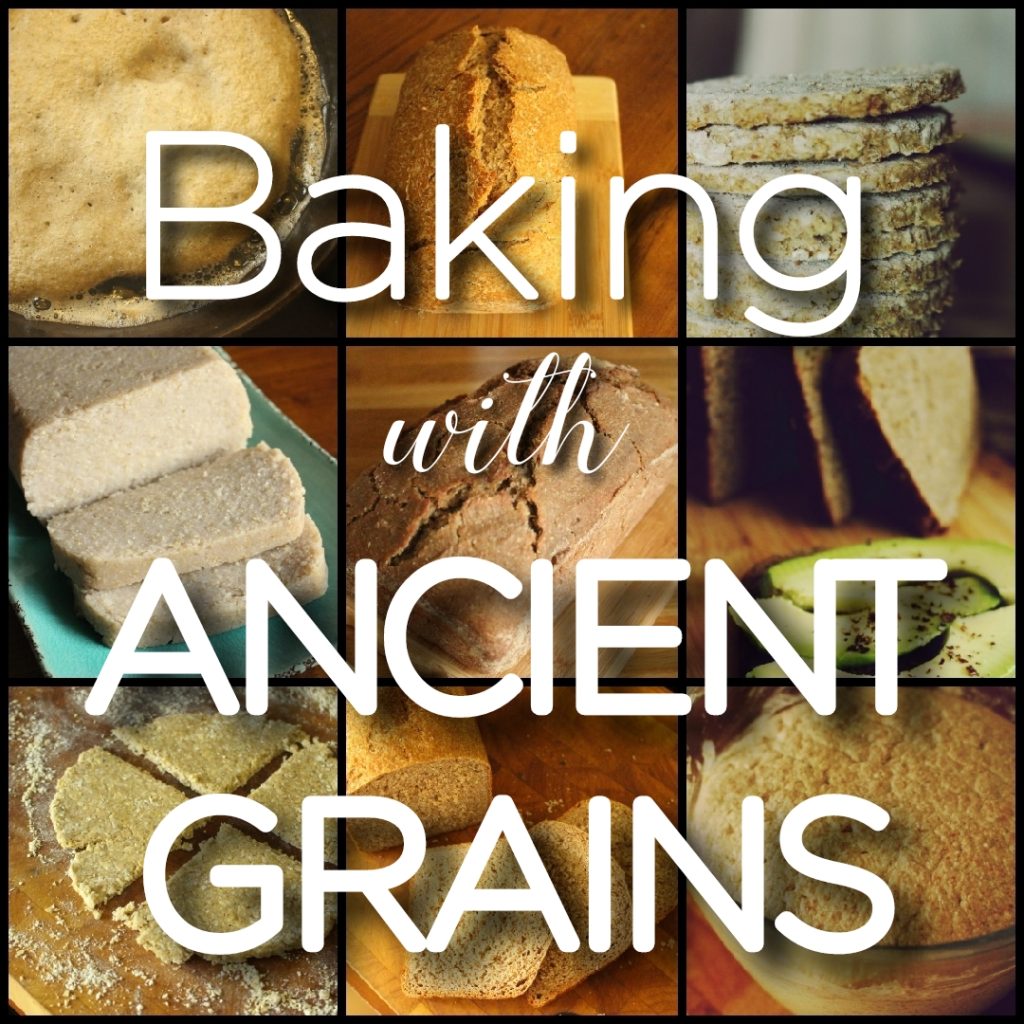
Bring ancient grain baking into your kitchen!
Download my free 30-page guide with five healthy and tasty 100% ancient grains recipes.




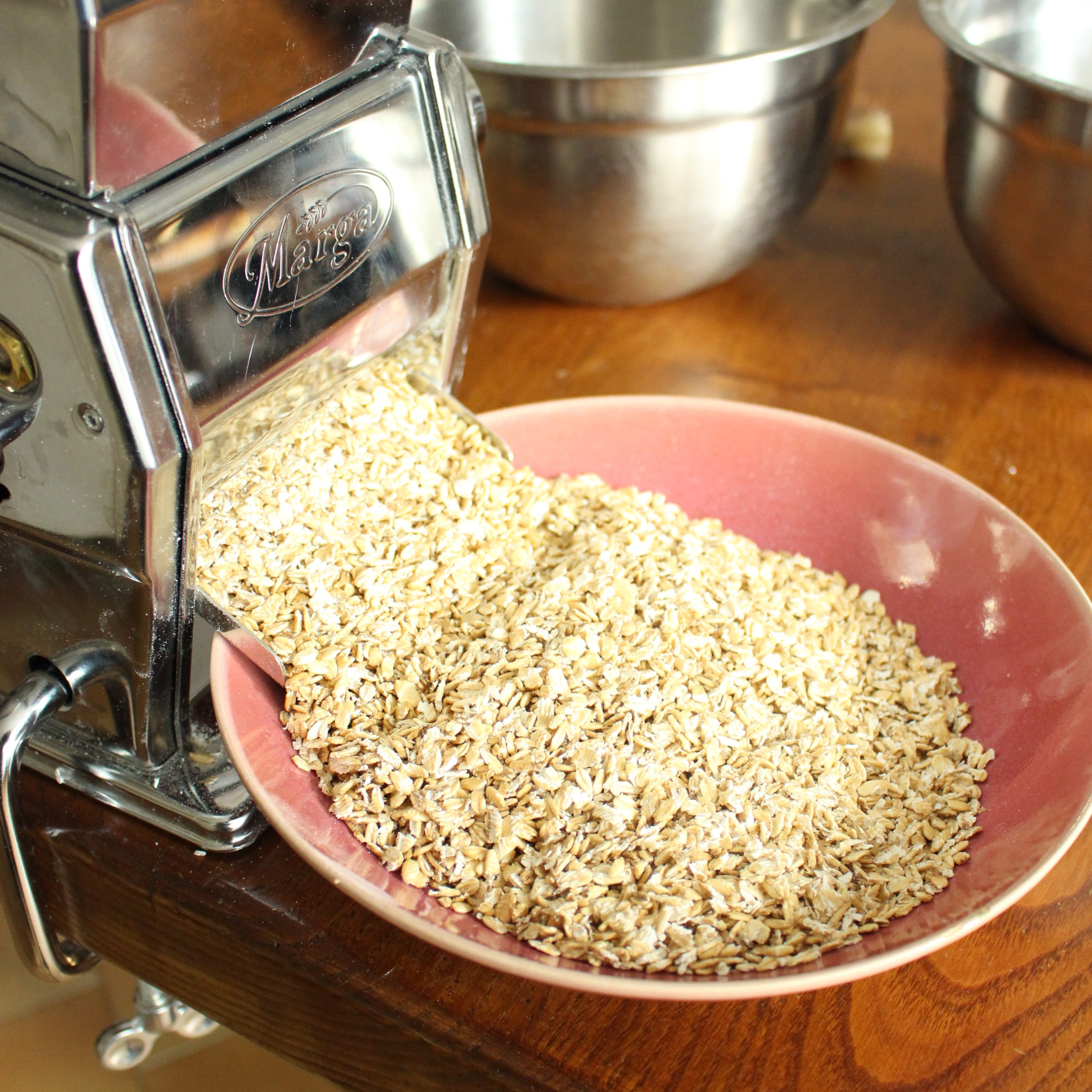
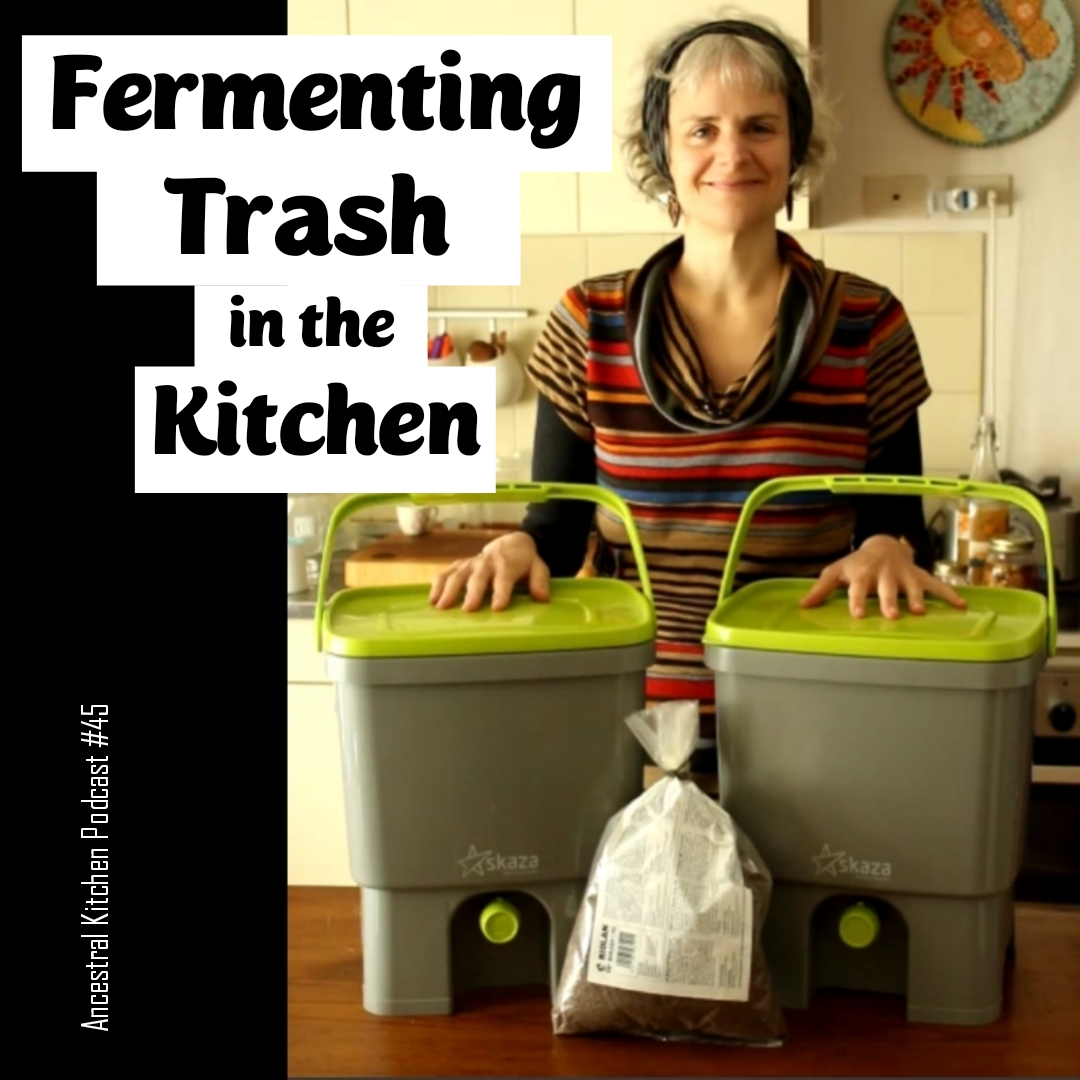
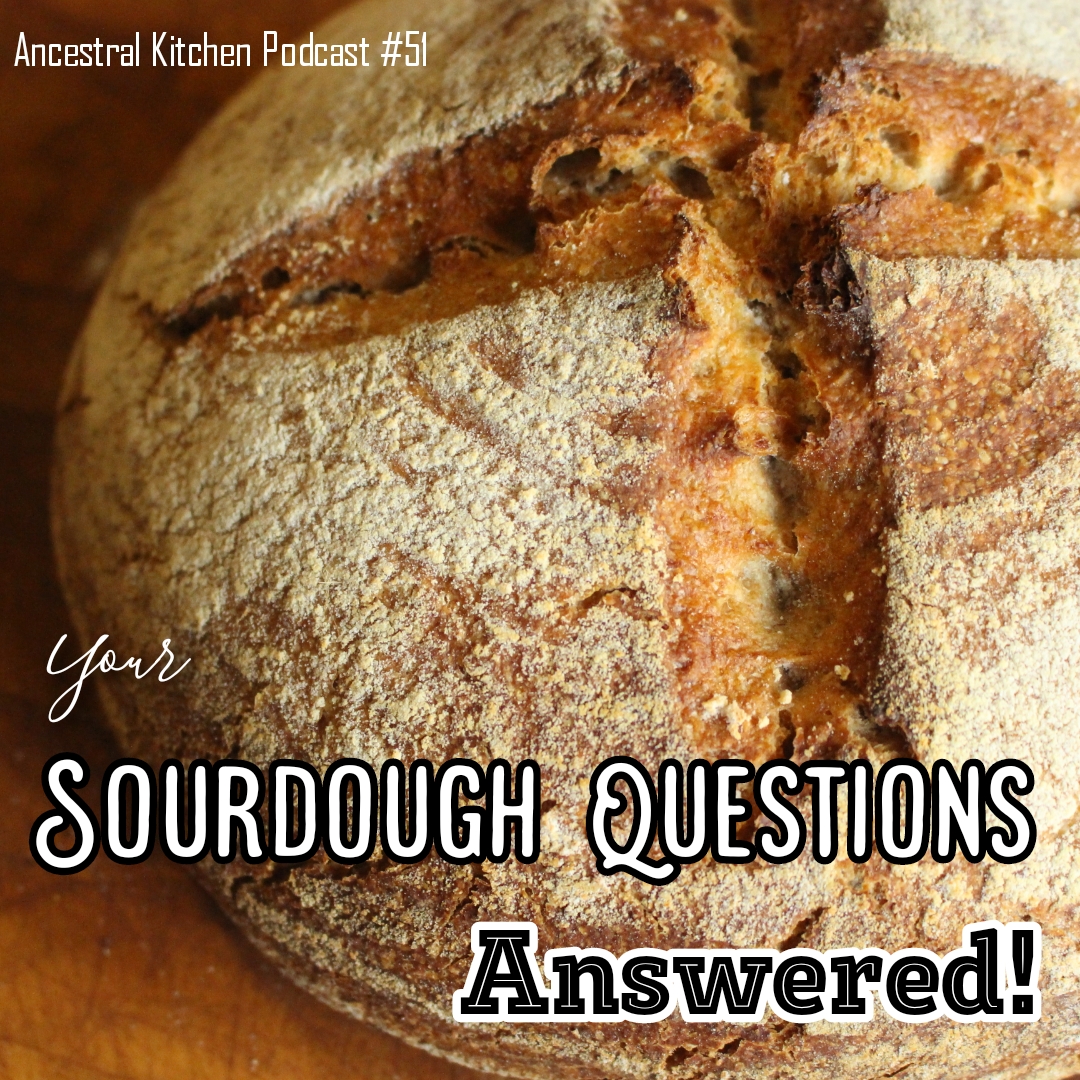





I love these type of posts! I search for your boza course in the fermentation school but couldn’t find it. Do you have a course and if so where? Thanks in advance!
Thanks Carmen! I enjoyed writing it 🙂
The boza course is here: https://ancestralkitchen.com/boza
Hi Alison, it was such a pleasure to discover your site. Finding your article on boza made me very emotional and nostalgic as someone who grew up in Turkey. I remember the call of the boza vendors on winter nights. We would also have chestnuts slowly cooking on top of my grandparents’ stove while next to them the orange peels slowly spread their fragrance… thanks 🙏🏻
Hi Bige,
Thank you so much for leaving this comment and sharing your memories. Do you remember drinking the boza? I am on a quest to capture food memories. I would *love* it if you’d consider submitting these and more of the remembrances you have to may Ancestral Stories project. It’s here: https://ancestralkitchenpodcast.com/ancestralstories/
Alison